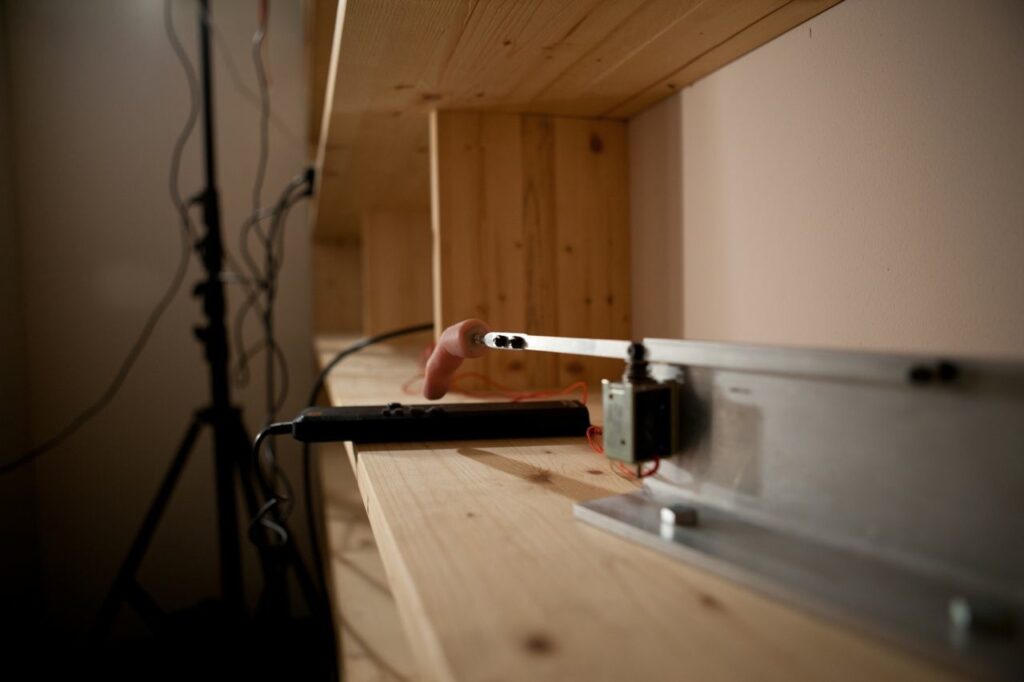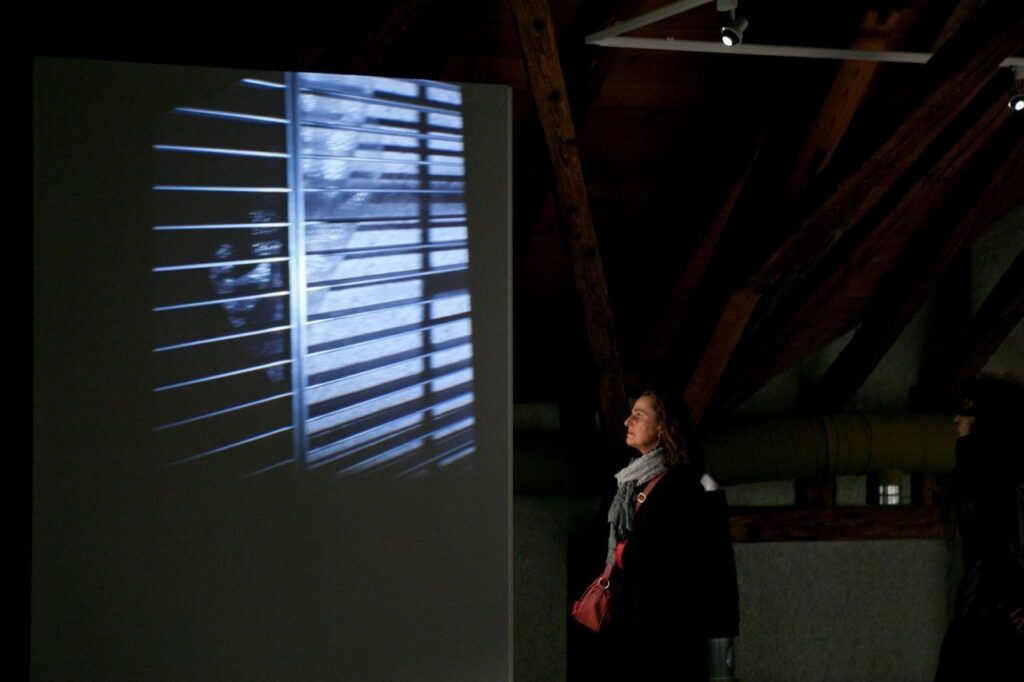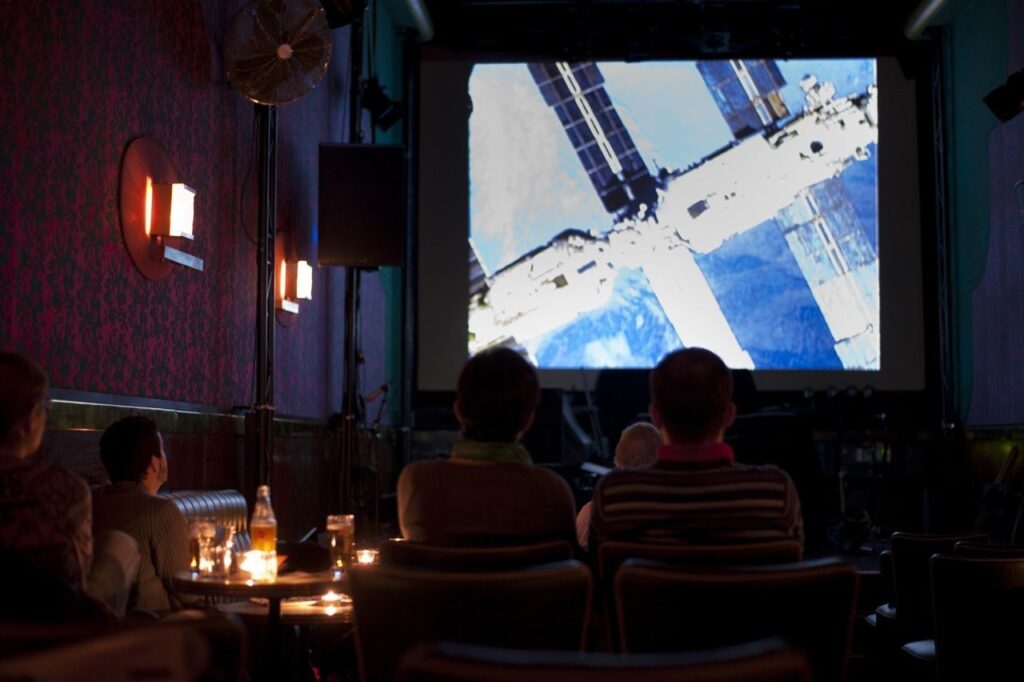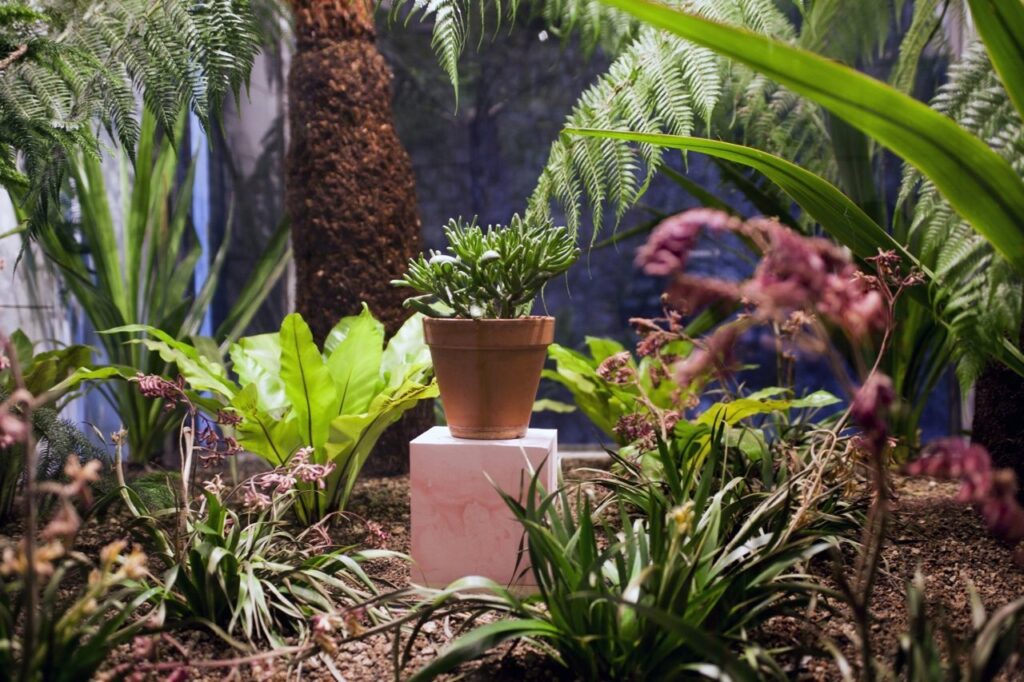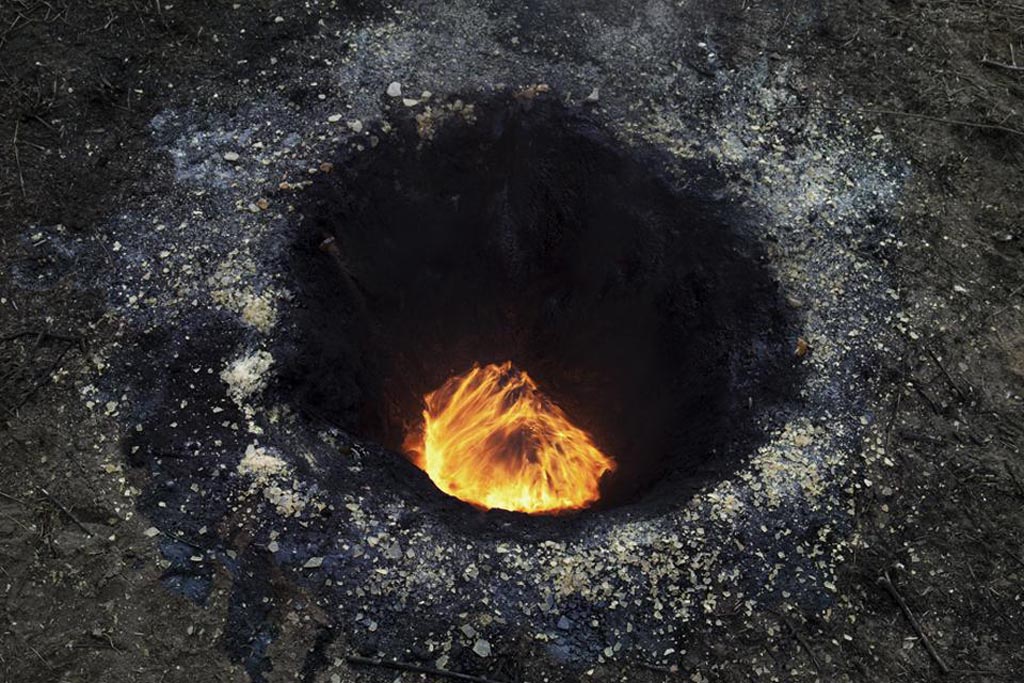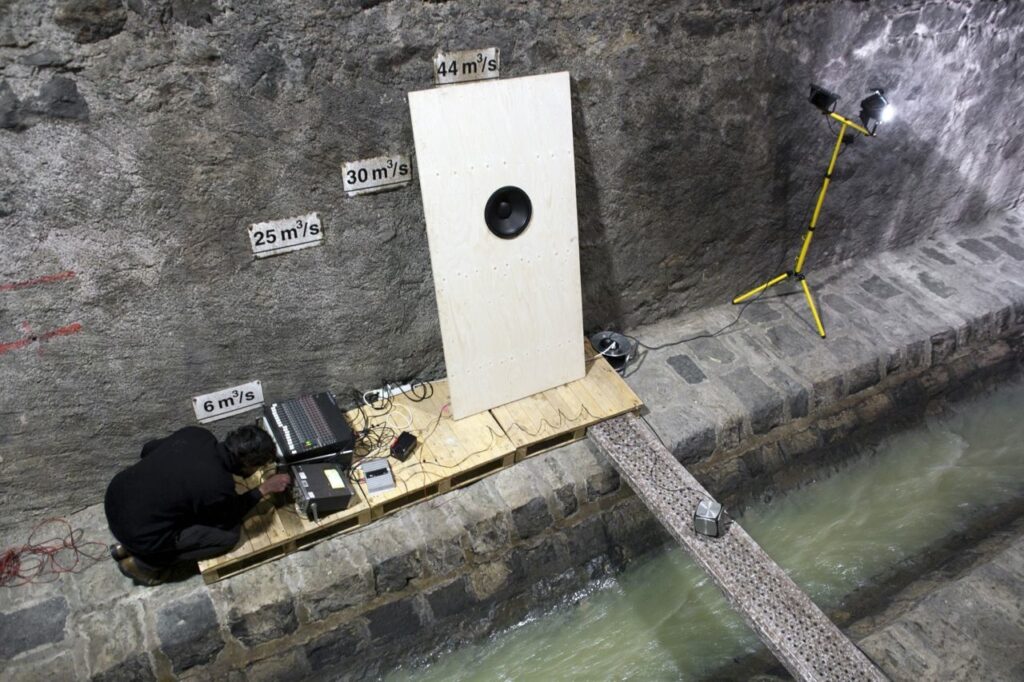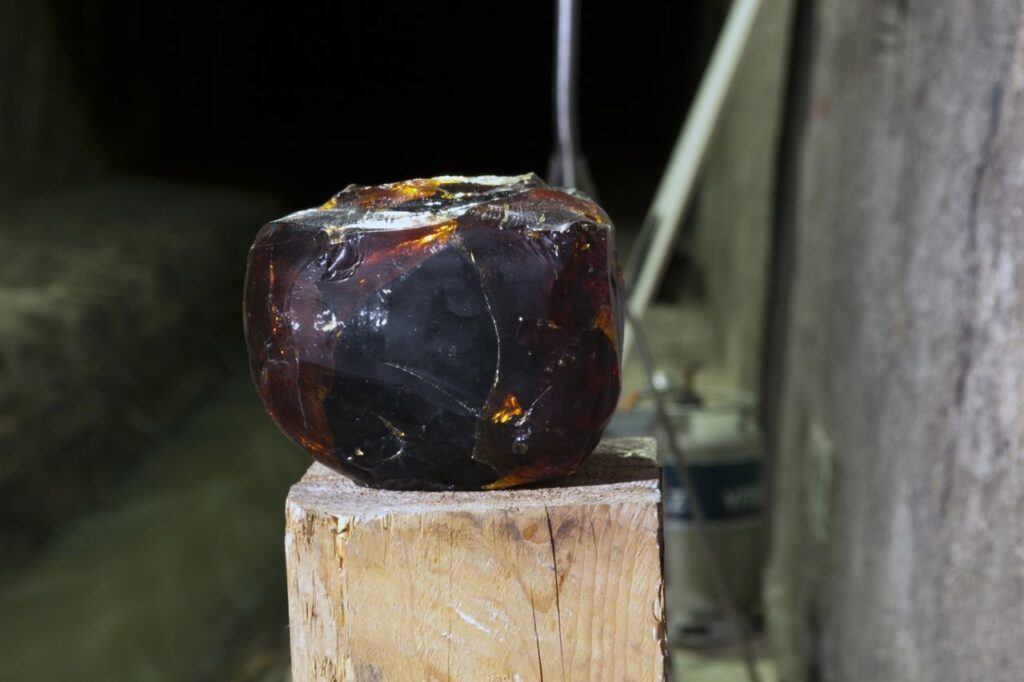COLLECTION
CAHIERS
D’ARTISTES
Thomas Bonny
Delphine Chapuis Schmitz
Daniel Karrer
Gabriela Löffel
Sara Masüger
Filib Schürmann
Miki Tallone
Benjamin Valenza
Gina Folly
Gilles Furtwängler
Mathis Gasser
Charlotte Herzig
Karin Hueber
Florence Jung
Yves Scherer
Hagar Schmidhalter
Augustin Rebetez
Damián Navarro
Dominique Koch
Thomas Hauri
Andreas Gysin / Sidi VAnetti
Emilie Ding
Claudia Comte
Manon Bellet
Ralph Bürgin
Chloé Delarue
Tarik Hayward
Markus Kummer
Mélodie Mousset
Martina-Sophie Wildberger
Yoan Mudry
Pedro Wirz
Project
Statement
With its Collection Cahiers d’Artistes, Pro Helvetia enabled aspiring Swiss artists the publication of an initial monograph to their name. Once every two years, a selection of eight artists out of those who have followed a call for applications were invited to conceive and publish an artist book. The monographs were designed in close cooperation with the artists themselves and the graphic designers. For the artists, this represented a unique opportunity to make their work – underscored with a professionally written text by renowned authors – better known to the international art scene as well as to a wider audience. The Collection was an efficient tool to publicise trends in the contemporary Swiss arts scene both at home and abroad. The Cahiers d’Artistes series was launched in 1984 and has been published by Edizioni Periferia until 2021.
CAHIERS 2019
SERIES XIV
Ralph Bürgin
Chloé Delarue
Tarik Hayward
Markus Kummer
Mélodie Mousset
Yoan Mudry
Martina-Sofie Wildberger
Pedro Wirz
CAHIERS 2017
SERIES XIII
Gina Folly
Gilles Furtwängler
Mathis Gasser
Charlotte Herzig
Karin Hueber
Florence Jung
Yves Scherer
Hagar Schmidhalter
CAHIERS 2015
SERIES XII
Benjamin Valenza
Miki Tallone
Filib Schürmann
Delphine Chapuis Schmitz
Sara Masüger
Gabriela Löffel
Daniel Karrer
Thomas Bonny
Cahiers 2013
Series XI
Augustin Rebetez
Damián Navarro
Dominique Koch
Thomas Hauri
Andreas Gysin / Sidi Vanetti
Emilie Ding
Claudia Comte
Manon Bellet

FESTIVAL
LES URBAINES
LAUSANNNE
2011
Adrian Lohmüller
Adrien Missika
Andrei Ujica
Athene Galiciadis
Aurélien Froment
Aurélien Gamboni
Baptiste Gaillard
Emre Hüner
Florian Graf
Gordon Matta Clark
Kara Uzelman
Monya Pletsch
Nicola Martini
Vittorio Cavallini
Attila Faravelli
Raphaël Julliard
Riccardo Arena
Stefan Burger
Yves Mettler
underground connections
A PROJECT CURATED BY PATRICK GOSATTI & NOAH STOLZ
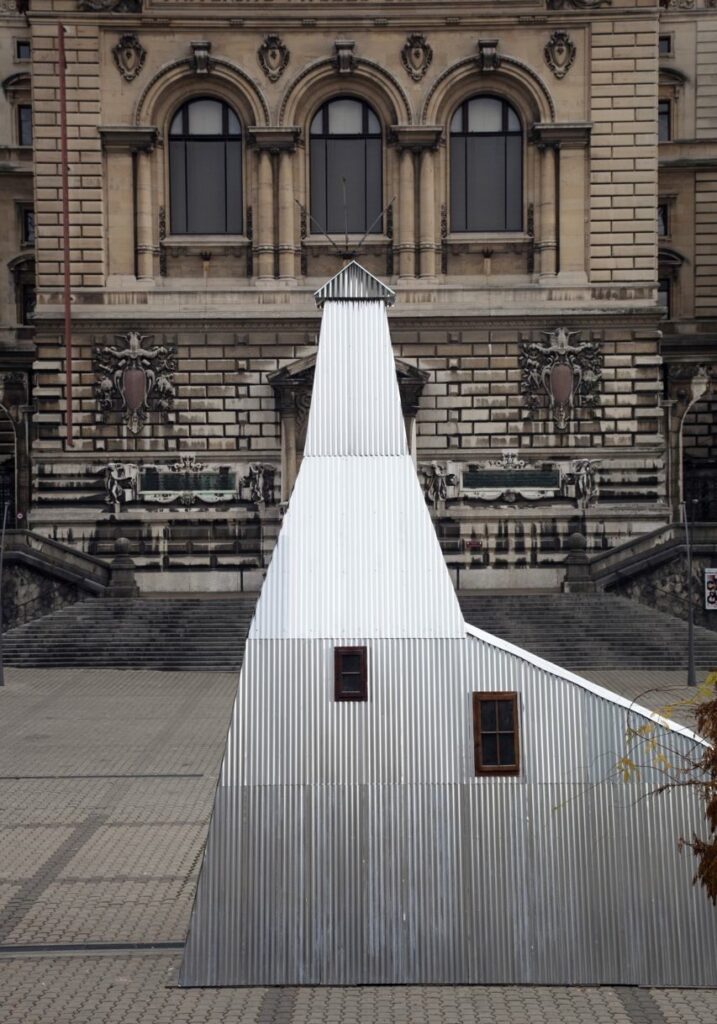
A network of underground connections is being woven between the various artistic interventions in this edition. This image has become the theme of the exhibition’s programme. Its origins lie in an intuition suggested by the city’s unique topography: that of a disappearance, in this case of the Flon and Louve rivers. A study of this history reveals the paradoxes of a faltering urbanism. Today, the city’s planning and development have resulted in an incongruous stratification that makes it difficult to see the bigger picture. This exhibition aims to reveal a flow of subterranean imaginations to be allowed to surface.
Yves Mettler, for example, is creating a ghostly structure on the Place de la Riponne, a 1:1 reconstruction of an oil drilling derrick built in 1929 in Arnex sur Orbe. Nearby, in the rooms of the Espace Arlaud, a sort of headquarters brings together heterogeneous theses and attitudes to the stratification of historical flows.
There are documents relating to local town planning and objects evocative of parallel, subterranean histories, such as a 1912 bottle of Swiss oil borrowed from the Geology Museum. These objects mingle with the artistic interventions: research into the highly unusual attack tactics adopted by the Israeli army and inspired by the theories of Deleuze and Guattari (Monya Pletsch), theorising a society structured around the Maelström (Aurélien Gamboni), the construction of a mythology around the discovery of antimatter (Kara Uzelman), or Adrian Lohmüller’s Water Portraits, liquid relics of clothes cleaned using a water filtration system reconstructed by the artist.
Our approach was therefore inspired by archaeology. We asked the artists to appropriate and reveal this idea of stratification. Our intention was not to deconstruct or criticise the urban planning of the city of Lausanne, but to adopt an attitude of questioning by digging up new hypotheses and piercing the surface of the visible with a transversal gaze. In the secret basements of La Riponne, multiple imaginary worlds come together, where the flow of oil meets the flow of rivers, where the histories intertwined in the strata of the city converge in a single place, a place that ultimately belongs only to our imagination.



